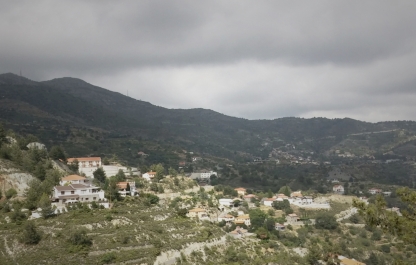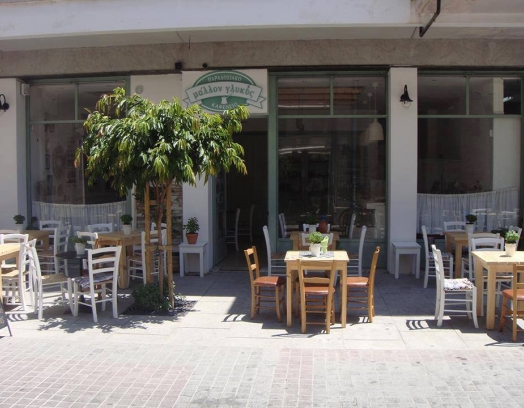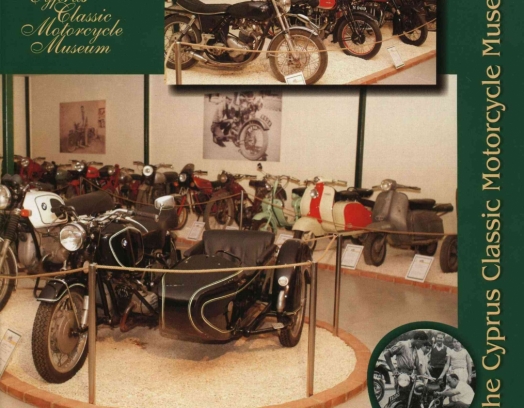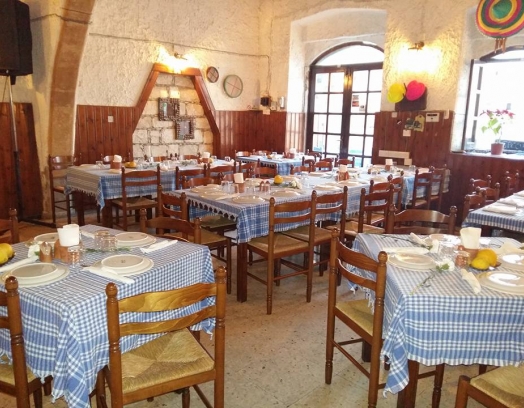Pitsilia is a unique region of Cyprus (as are each of the other regions, in their own way!)
Here you can encounter agricultural and natural lands enveloping the northern, eastern and southern sides of the massive Troodos mountain range. A little more than 60,000 hectares, lying at elevations from 500 to 1600 m above sea level. There is also the Solea valley — a true marvel — home to villages with a rich history and sights which are genuinely staggering due to their uniqueness, including some pilgrim destinations.
These villages house age-old traditions, some even linked to wine manufacture, which are alive and still practised to this day.
We’ve already spoken to you about Palechori, Apliki and Agros, which are also located in Pitsilia.
If our accounts instil you with a desire to travel more, then firstly, we’re delighted to hear so, and secondly, don’t be afraid to plot your own routes across the island!
For instance, you could also examine this region systematically, beginning with one of the villages closest to the B8-B9 main roads, which connect Nicosia and Limassol via Troodos. The area we’ll be discussing today is located at its very centre [1]: approximately 65 km from Nicosia and 60 km from Limassol. Spilia-Kourdali itself lies at the intersection of six mountain roads: therefore, a visit here may well be a superb reason to continue your journey along one of the neighbouring mountain roads.

Spilia lies 1100 metres above sea level, at the highest point in Solea; its terraces, stretching over the rocky slopes, reach 1050 m in height. The village is surrounded by mountains, forming the shape of a bowl or amphitheatre.
Situated in the depths of the Adelphi forest (translated from the Greek αδελφοί meaning “brothers”), Spilia — like the connecting Kourdali, which we will speak about a little later — is one of the greenest villages in Cyprus. Amongst other things, it is also the source of two mountain rivers — the Atlas and Klarios. Тhe forest itself is famous for its plant-life: 127 species growing in abundance, including the famed Cyprus cyclamen.
The common notion for the name “Spilia”, translated from the Greek meaning “cave”, is due to a set of Roman burial sites discovered in the western part of the village (or “spires”, as the locals referred to them). However, other local historians adhere to the version that the shape of this settlement, which is somewhat tucked away into the depths of the mountains, resembles a “cave”; for this reason, the village obtained its name.
As a result, it’s clear that people appeared in these spots a long time ago: taking various finds from the Roman era as a particular starting point, historians calculate the ages of both Spilia and Kourdali, now united, as at least two thousand years old.
The 16th century was a special milestone for both villages when the Church of the Virgin Mother Chrysokourdaliotissa was erected. Soon after, the church became the centre of a convent built to surround it. It must be noted that the monastery’s church still functions today, renowned for its Byzantine frescoes and old icons — many of which date back to the same age!
The 16th century also witnessed the construction of several other monasteries in the region, while new communities and settlements began to emerge on the nearest mountain slopes of the Troodos ridge. After all, the Cypriots were forced to flee from Frankish oppression, then — from the masses of epidemics brought over from Europe by the Lusignans, who were actively developing trade on the island. They were subsequently replaced by the Ottoman yoke. While settling with their families in the vicinity, the local population not only further began to consolidate their position around the monastery, but also started to work in its fields and the surrounding gardens. In time, several communities had formed, and with them, new settlements appeared.
Meanwhile, Spilia had also been growing, thanks to other factors…
Since the valley neighbouring Kourdali was rather narrow, already lacking the space to build new houses, the locals, as was the case with the newcomers, started to construct family residences higher, almost a kilometre above the village itself. It is on these pieces of land where today’s Spilia now resides. The village’s landscape, coupled with its more open expanses, freely allowed for the “fusion” of both villages.
The year 1850 is well-known for witnessing a genuine “construction boom” in Spilia. According to historians, it was when the “old” Church of Saint Anthony — a stone, single-nave build, with stone arches supporting a wooden door, traditional for Troodos churches — was constructed. The icons housed inside also date back to the 19th century, with the royal gates of the iconostasis, which are of exceptional craftsmanship, dating back even earlier, to the 16th century.
As for the “new” Agios Antonios, it’s worth going into more detail about how it was constructed.
You won’t have any difficulty seeing Agios Antonios today: this bell-tower church lies on a hill surrounded by the village housing and towers spectacularly over Spilia. Construction was only completed after the community had been forced to endure a considerable struggle spanning over many years.
On the 15th August 1944, a construction committee was appointed, with Father Ioannis, the parish priest, elected as its president.
In 1948, the funds necessary for the construction of the new church had almost been amassed. However, due to the fight for independence in the following years, the preparation process dragged on in tiny steps. By 1960 — a year which proved to be very important for the villagers of both communities — the money had been raised, and everything was in place for construction to commence.
At that moment, both villages had reached their heyday. There were 470 residents in Spilia, while close to 85 people lived in Kourdali. Totalling 110 pupils, the Spilia municipal school provided joint education for children from both villages.
In those years, according to the memories of the elderly residents, five food shops were opened, as well as two tailors’ workshops, four shoe shops and four cafes.
Nevertheless, construction on the church only finished in 1970.
The finished build was a large, triple-nave, domed basilica, crafted from the magnificent mountain rock of the Madari region, in combination with Cypriot masonry on the arches and pediments. As such, the New Agios Antonios became the first church to be built in both areas of Solea and Pitsilia in the second half of the 20th century.
Curiously: Every house in Spilia has at least one person in the family named Anthony or Antonia, in honour of the Saint. Indeed, the church and its Patron saint are the pride of the parishioners.
For those interested, please visit the local website: www.spilia.org.
Like in other villages, the women of Spilia have long raised the village children, practised domestic handcrafts and looked tended to the gardens, as well as bred goats, pigs and pet birds.
Many of the local men have worked in the region’s mines, and some have cut pine forests: in these areas, pine is a forest-forming species, along with a variation of oak (latzia).
In fact, the local valleys are also full of walnut thickets. Many of the 127 endemic plants located on the island can be encountered in Spilia, including the “national” flower — the Cyprus cyclamen.
What is Spilia today?
As you enter the central street, make sure you reach the fork by the coffee shop (it stays to the right of you). After turning down and to the left, you’ll discover the local parking spot, which is still unorganised (in fact, the local administration has plans to equip it with the necessary facilities).
Heading upwards from the coffee shop, along a small lane to the right, you will immediately be able to look over two of the local sights: the so-called traditional “Antigone’s House” (now a guest house) with a Shoemaker’s Museum, and a little further up — an old mill — Milos.
The mill was built in the 19th century in Spilia and was used for a long time in the manufacture (pressing) of olive oil. It was restored in 1955, thanks to the efforts of the Department of Antiquity, Relatively recently, in the 1990s, at the insistence of the Association of Expats and friends of Spilia-Kourdali, the community approached the Department of Antiquity and requested they award it with the status of an antique monument. Inside, as you’d expect, there is a wooden oil press, as well as a millstone and other necessary appliances.
After undergoing considerable reconstruction, it has since been regarded as one of the most famous mills in Solea.
You’ll need to get the key for inside, or you could either go to the Association themselves, located in the neighbouring building or call in advance.
Contact: +357 99176839, ask for Andreas Chrysanthou.
Another landmark is the Shoemaker’s Museum mentioned earlier. The museum is located on the same street, nearby the central road, and is housed in one of the oldest local residences, constructed in 1870 — the so-called “Antigone’s House”.
A very touching note: this museum was created in the centre of Spilia by Andreas Chrisanthou, in memory of his father, a local craftsman.
The opening took place on the 20th of October 2007. There is an exhibition on permanent display on the lower level of this historic building, representing a collection of the master’s tools, whose work is now widely reputed in all the surrounding villages. Two ‘Singer’ sewing machines proudly take the spotlight, along with photos of Chrysanthou’s high-ranking clients.
The most curious of these instruments is likely a collection of 30 design pairs of once very stylish footwear for men, women and children; next to them — their boot trees.
The Museum has been declared national property.
It is well known that the shoe-making profession in Cyprus, in addition to the demand for hand-sewn footwear to order, gradually fell into decline after 1970. This was due to the appearance and general spread of factory production, along with the emergence of ready-made footwear shops. Nevertheless, master Christos of Spilia continued his beloved job right until 1995. The museum also features archived photos in which the old master demonstrates his skills and talents, ones which were well known to his fellow villagers. Besides being a superb farmer, he was one of the best dancers in the Solea Valley, whose lifetime was equal to the 20th century, after all, the Spilian shoemaker lived to be 101!
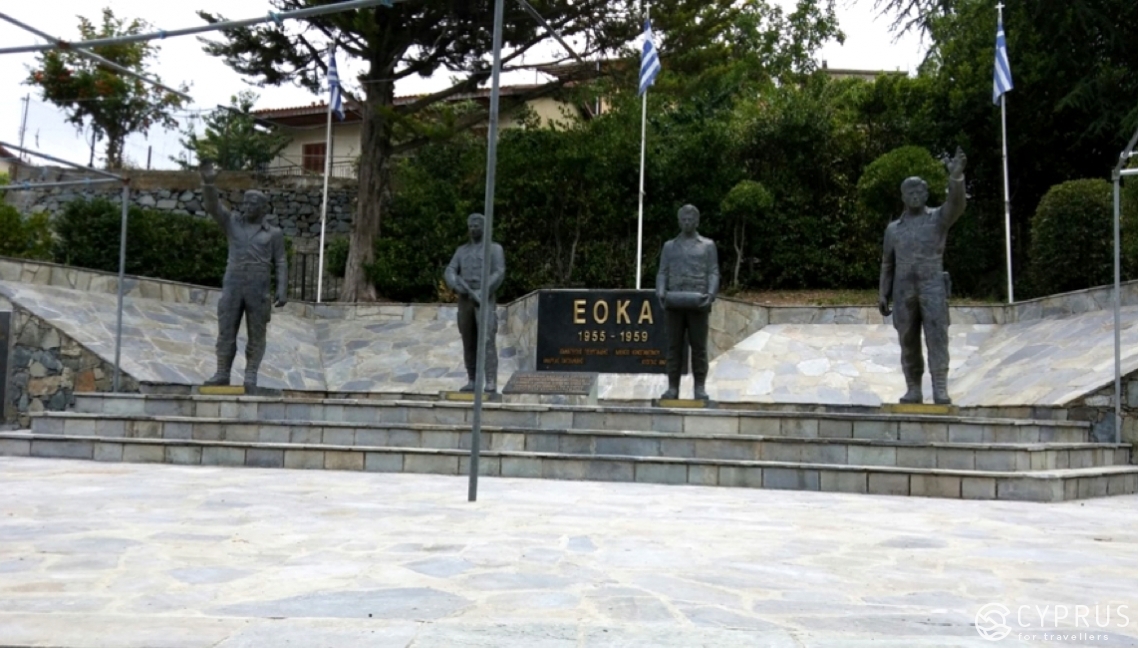
… Now let’s go back a little so we can get a better feel of the land: at the entrance to the village, there is a large monument surrounded by a shaded memorial park. It was a project of the sculptor Leonidas Spanos, built in 1987, and is dedicated to the EOKA heroes [2]. The bronze statues are in memory of the four fighters who took part in the National liberation movement (we’ll come across the museum dedicated to their memory a little later, but let’s do everything in order). These men were natives to Spilia: Andreas Patsalides (Kannavia village), Panagiotis Georgiadis (Livadia), Alekos Konstantinou (Ammochostos) and Kostas Anaxagoras (Spilia).
All kinds of streets and narrow lanes rush towards the central road, like streams to a river. As you walk along, you’ll definitely notice that the village is a very scenic spot, thanks to the mountainous landscape and the magnificent vistas of the blueing Troodos summit.
A superb place for a relaxing and stress-free break in the mountains!
The village architecture also won’t leave you feeling indifferent: the whitened, mostly one-two storey houses, demonstrate the various eras and constructions of the famous “Messaorian developments”. One of the houses, in particular, drew my attention: aside from the traditional date of creation (1932, in this case), a patterned iron grate above the entrance doors also featured the initials “H L”, belonging to the owners at the time. There were two front doors, as the house was considerably stretched out. Nowadays, there are only people living on the upper level, as the lower level has fallen into complete neglect…
As we’ve mentioned, both churches of Agios Antonios tower high on a hill above the village: you’ll first see the silhouette of the new church lying not far from the old church of St. Anthony. The giant pine tree nearby is the church’s bell tower. Modern houses have been constructed and fruit orchards planted on the streets leading to the church. There is an ancient fountain source lower down, in the old section of the village. Incidentally, it was built in 1909 — a year before the fountain in Athienou. A stream, used by villagers to gather drinking water for their homes, flows from the mountains through a natural stone chute.
As you move towards it, you won’t be able to avoid the “Sama” tavern — a popular spot for the locals offering a varied menu at higher prices than you’d expect from a mountain hamlet. Besides this, there are also several cafes.
So, in “lower” Spilia, which we arrived at by walking along a crudely cobbled grey road, the inhabited part of the village soon ends, and the magnificent, unruly verdure of the fruit orchards begins. Spilia has an old canal irrigation system which has truly stood the test of time. Several of the overflow reservoirs date back to the mid 20th century, with some, most likely, even older.
As we complete our village “portrait”, it’s worth mentioning that Spilia also manufactures traditional foods and sweets, such as palouze, sudzhuko, several sorts of red and white wine, zivania (the “kazani” sort) and homemade marmalade. After all, these parts are rich in fruits, berries and nuts. The orchards are literally bursting with fruits and berries: medlar fruit, queen apples, sweet cherries, figs, apricots and peaches; grapes (primarily black) and almonds.
On Fridays and Saturdays, the fragrant smell of homemade, freshly-baked bread spills out onto the streets in the fresh mountain air.
Is that not simply heaven on earth?
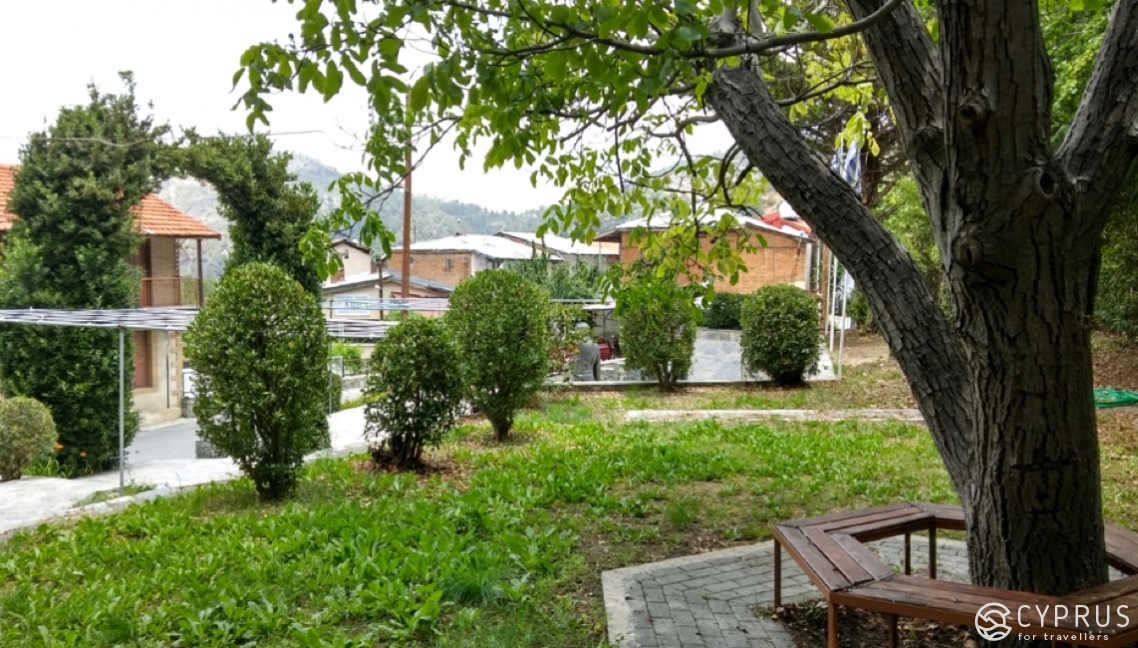
After we’d had a rest and feasted our eyes on Spilia’s views, as well as a lifestyle which would’ve been an overstatement to call unhurried, we headed for the other part of the village, by the name of Kourdali.
In Kourdali
We covered close to a kilometre before discovering the Memorial museum on the approach to Kourdali, dedicated to the 4 EOKA fighters. In this old, privately-owned house, we learnt their sad history.
Unexpectedly: in day-time hours, the Museum turned out to have a key left in its doors. After turning it, any guest could take a look around the exhibit on their own (at the photographs, cutouts from the old newspapers “Eleftheria” and “Phileleftheros”, several personal belongings which have survived, as well as the charred remains of metal fragments from the house). You can also read the information on the stands (in Greek), or grab a booklet (in Greek and English) about the events of those years. Once you’d done all this and left a note in the guestbook, you were able to quietly slip away, not forgetting to lock the door behind you.
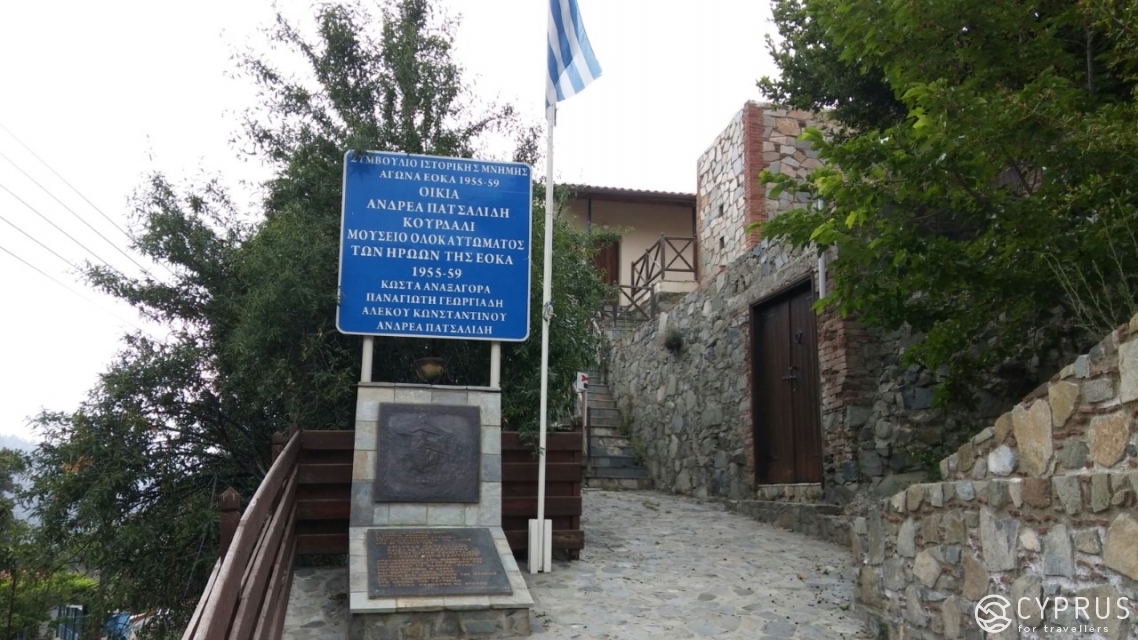
This is an incredible history, and one so recognisable to natives from countries who have been involved at some point in wars, resistance movements, guerrilla fighting and/or sabotage. In a word, this private building (belonging to the family of Andreas and Irini Patsalidis), in which the Museum is housed, was once where the underground guerrilla organisation was located. On one occasion, when its fighters had gathered here to both discuss their upcoming plans and learn how to use bombs for their planned sabotage in the small town of Platania (nearby Kakopetria), they all died from an accidental explosion. But the house was home to. Andreas Patsalidis' mother, as well as his pregnant wife and their one-and-a-half-year-old daughter. Although his wife was also an EOKA member, the men sent her and the child to another room for safety — to protect her from secret information, which could be harmful to her if she possessed it. This decision actually saved their lives, as the room where the fighters’ meeting took place was burnt to cinders and destroyed outright.
The remains of the room were preserved and later became exhibits in the Memorial Museum. The remains of the fallen heroes, on the other hand, were greatly honoured, and consequently committed to the ground.
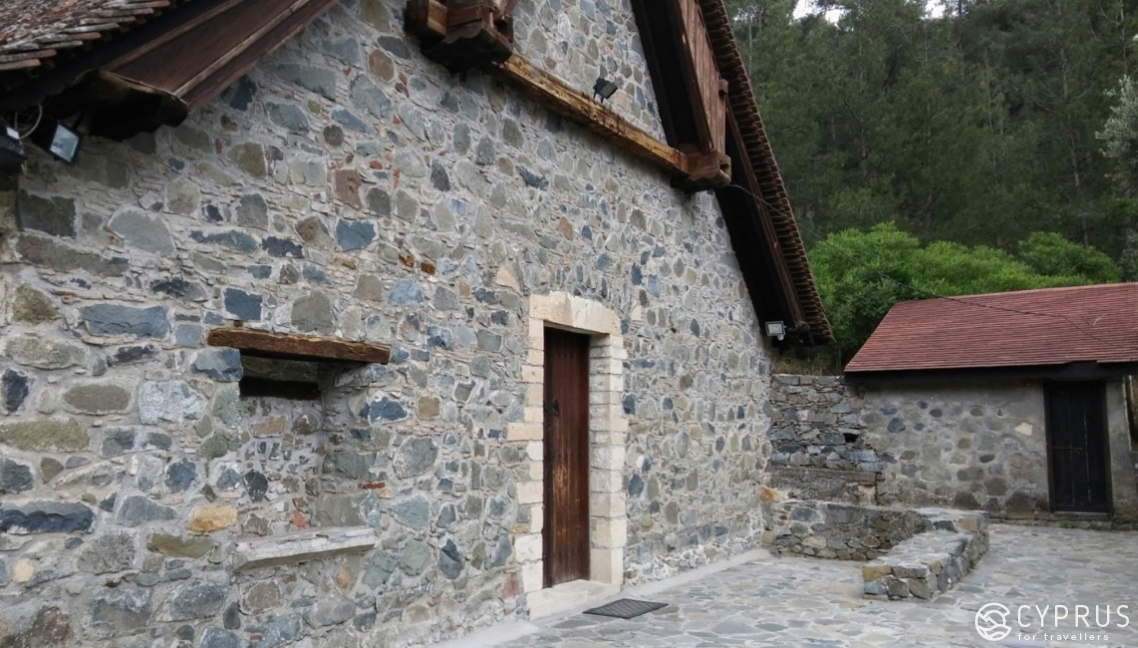
After covering another several hundred metres, we found ourselves in the centre of a rather tiny, albeit scenic village. The local government building stands on the main square, surrounded by small private houses wrapped in vines. Across the road lies the incredibly old 16th-century monastery of Panagia Chrisokurdaliotissis (built by Leon, the deacon of Kourdali), which is under the protection of UNESCO due to being one of a kind. The church of Panagia has survived until the present day and represents what is left of the former complex.
The church in Kourdali is the only one in the region with a triple-nave design and wooden columns in its interior.
Incidentally, connoisseurs of the antiquity hold deep regrets about the church renovations in 1920, which destroyed a part of the wooden carvings and painted constructions within.
They were replaced by stone, which both united the inner space and simplified the impression given off by the interiors. Unfortunately, soon after the work had been completed, the church began to sink into the ground, thus the threat of the church being partially destroyed appeared.
In 1968, the Department of Antiquities carried out serious reconstructions, intending to return the church’s historical image, albeit in a somewhat simpler form. However, our contemporary renovators were awaited by an eerie discovery: during excavations carried out in the foundations, due to the appearance of damp in the church, specialists came across eight human remains buried in various-shaped sarcophagi around the ancient building’s perimeter. According to ancient traditions, donators were most likely buried here, as well as their family members, over time.
In 2006, the Holy Synod decided to restore the dwelling, while a little earlier, in mid-2005, the first nun settled in Kourdali.
A select committee was created to approach this issue, which consisted of official representatives from Solea and Pitsilia. Ten years since its creation, the buildings of the old school and coffee house are already slightly rebuilt and now equipped with a hospice and living quarters for the nun. A large, new kitchen was later created, added with a second cell for a new sister. Further expansion of the monastery territory, based on plans drawn up by the authorities, will allow for more nuns.
As Kourdali monastery is the only one operating in the region, this means a lot to the local communities. On the 15th August — the day of the Assumption of the Virgin Mother — the locals annually celebrate the main event at the monastery.
The services attract a large following. Many today call upon the grace of the Virgin Mary and seek her intercession, also choosing the church of Panagia Chrisokourdaliotissas for their children’s christenings.
It has an ancient history and scenic location, one where it’s not only fascinating to circle the main church (a stone build, under a high gable roof “tis-stegis”), but also to inspect other constructs which have survived since the Antiquity. For example, a “humpbacked”, Venetian bridge across a small, albeit stormy stream, overgrown along its banks with “jungles” of grapes, fragrant rosemary and lavender. You’ll be able to stop here for a short rest under the old plane trees, have a little picnic, and in the cool of the shade, feast your eyes on the surroundings of the former monastery — the old olive trees on the hillsides.
The church is open daily, 08:00-13:00 and 16:00-19:00 (Except for state holidays)
Telephone: +357 99770592
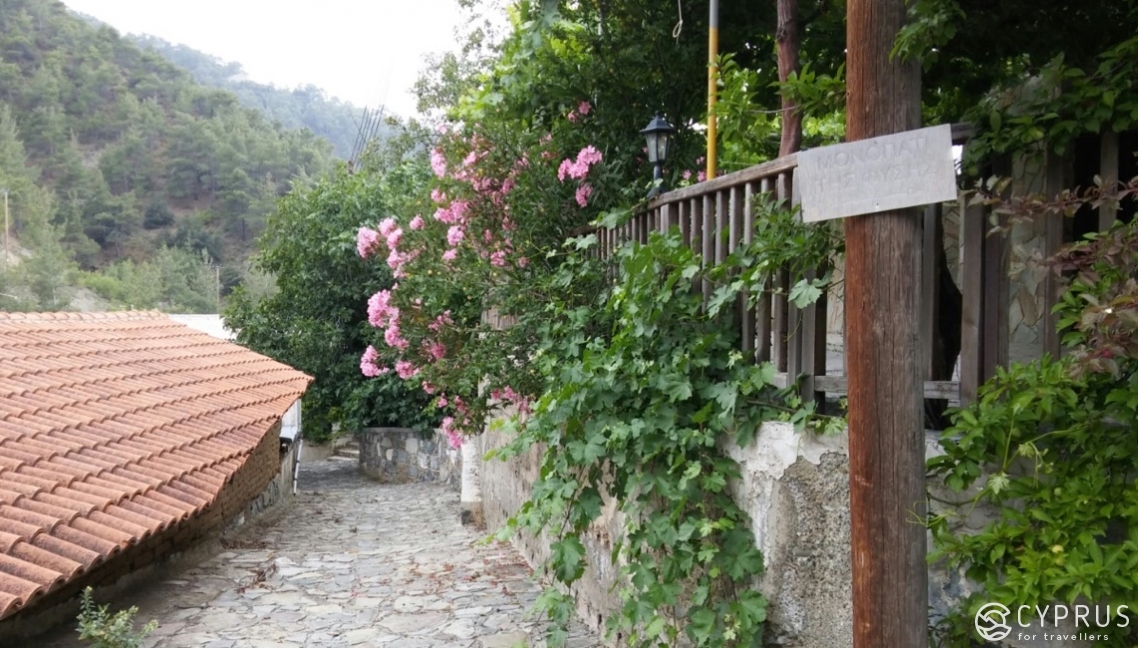
We first visited the monastery grounds, then attempted to conquer the recreational-memorial trail. After literally several dozen metres of winding through the village, sprawled out by terraces along the foothills, the path sharply disappears “into the wild” — a mingled woodland thickly covering the mountain slopes.
Why a memorial path? Just as I’ve mentioned: tourism here is tightly intertwined with both maintaining memories of the past and promoting awareness of folk heroes.
This path, like several others in the vicinity, was laid to pass along sites of “military glory” of the EOKA fighters. All the stop points are linked to the places of their secret deployments or active operations. Signs with a wooden arrow and the words “monopati-tis-fisis” (ΜΟΝΟΠΑΤΙ ΤΗΣ ΦΥΣΗΣ) have been installed throughout the path; info stands which display a map of the locality and information about the local flora have been placed at its start and nearby the main stops. There are also benches, as well as rest stops and picnic areas. So you won’t get lost!
It’s convenient and easy to use the path, even more so when impressive views open up to tourists along the way, as well as the opportunity to get their strength back by moving around and breathing in the healthy mountain air. Try not to miss this opportunity for a variety [3] of experiences from a trip into the villages of Troodos.
Some interesting information about the local regions:
Researchers have listed several (six in total) ancient settlements situated nearby the villages of Spilia-Kourdali, which were abandoned by inhabitants long ago. Yet, only one of them — Karidi — has been restored. Once the location of the church of Saint Gregory, it has now been built anew, surrounded by new country housing.
Other villages which have remained in Cypriot history and the memory of its people:
- Anemurka — the church of Saint John once stood here, but only its ruins now survive;
- Pyrkatis — once where the church of Archangel Michael was located; all that now remains, just like the locals’ houses, are ruins.
- Like its abandoned houses, Karterouni, with its Agios Georgios, lies in ruins.
- Fredertizi — The church of Agios Ioannis was once here, the walls of which were covered in astonishing frescoes.
- Aspro — this used to be where the destroyed church of Saint Paraskeva once stood.
If necessary, you can contact the local authorities by the following:
Telephone: +357 22924405
Website: www.spilia.org
Email: info@spilia.org (village chief: Sotiris Eliadis).
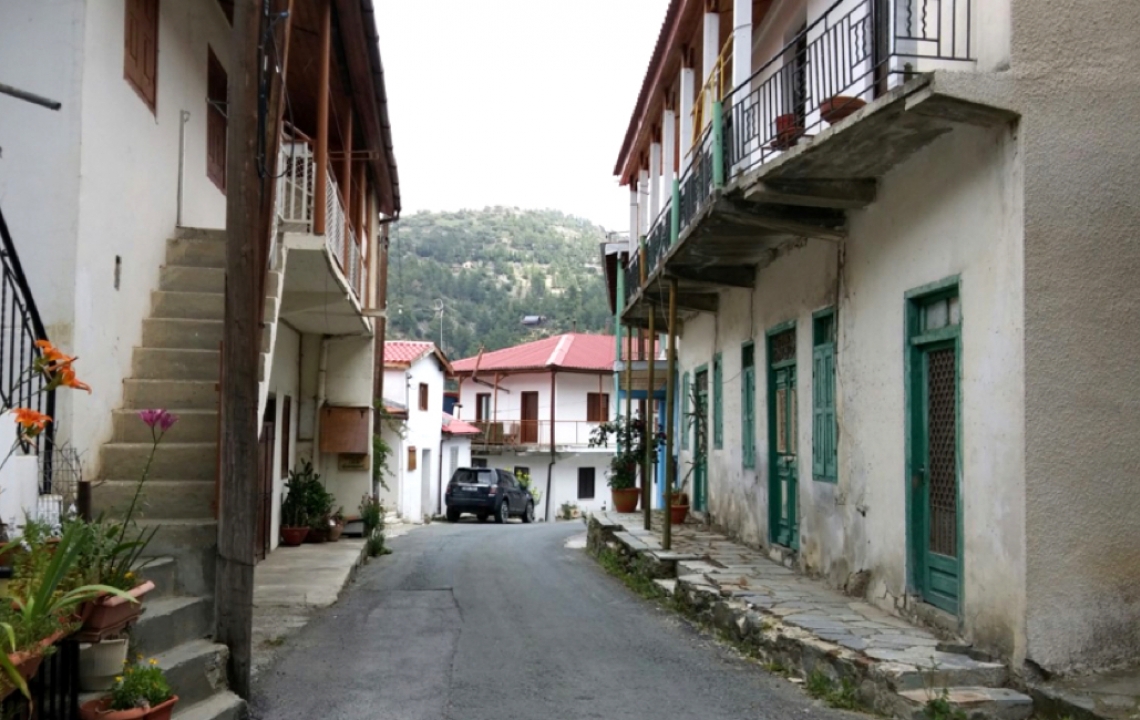

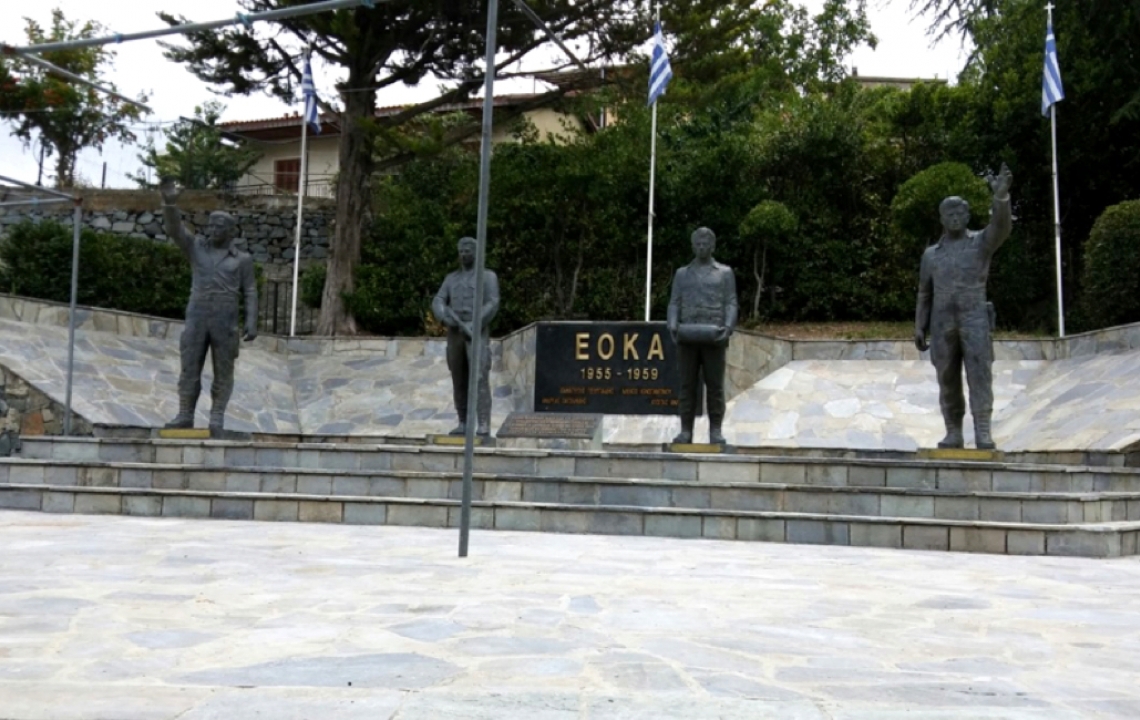

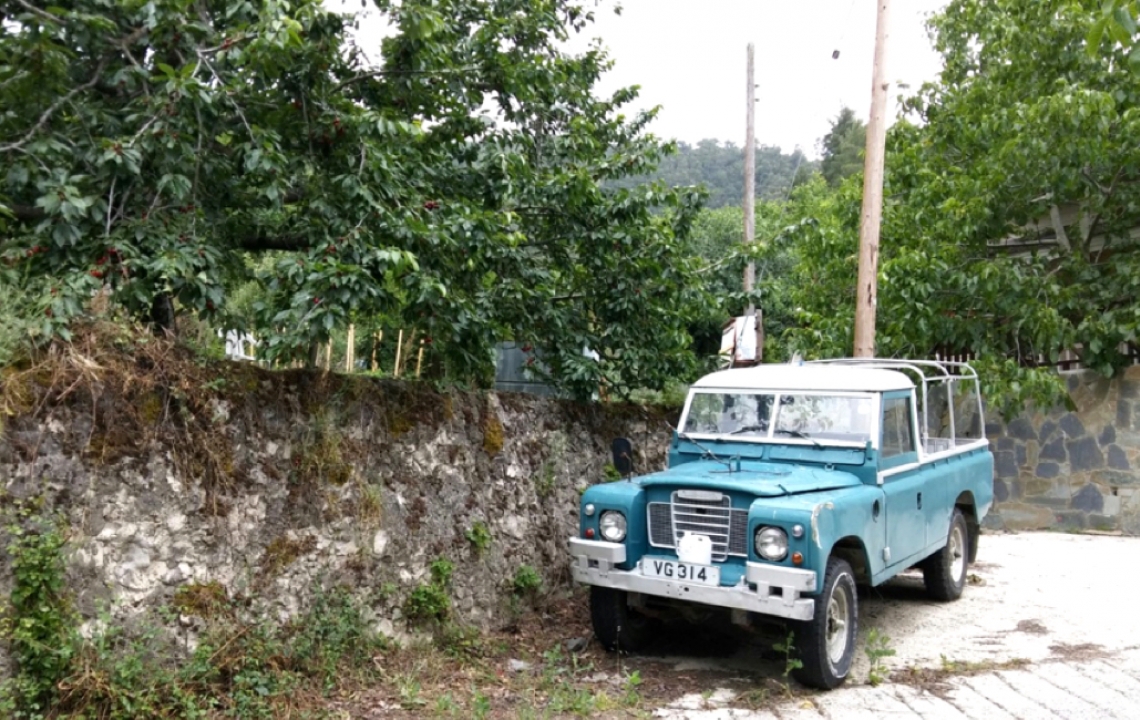
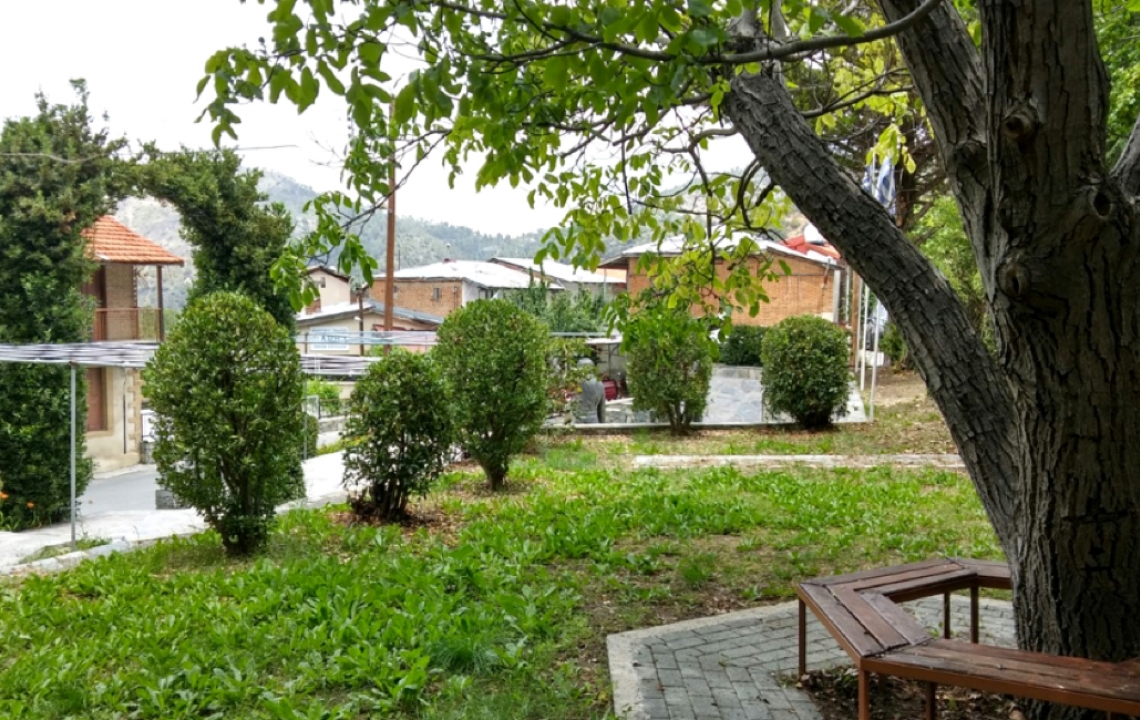

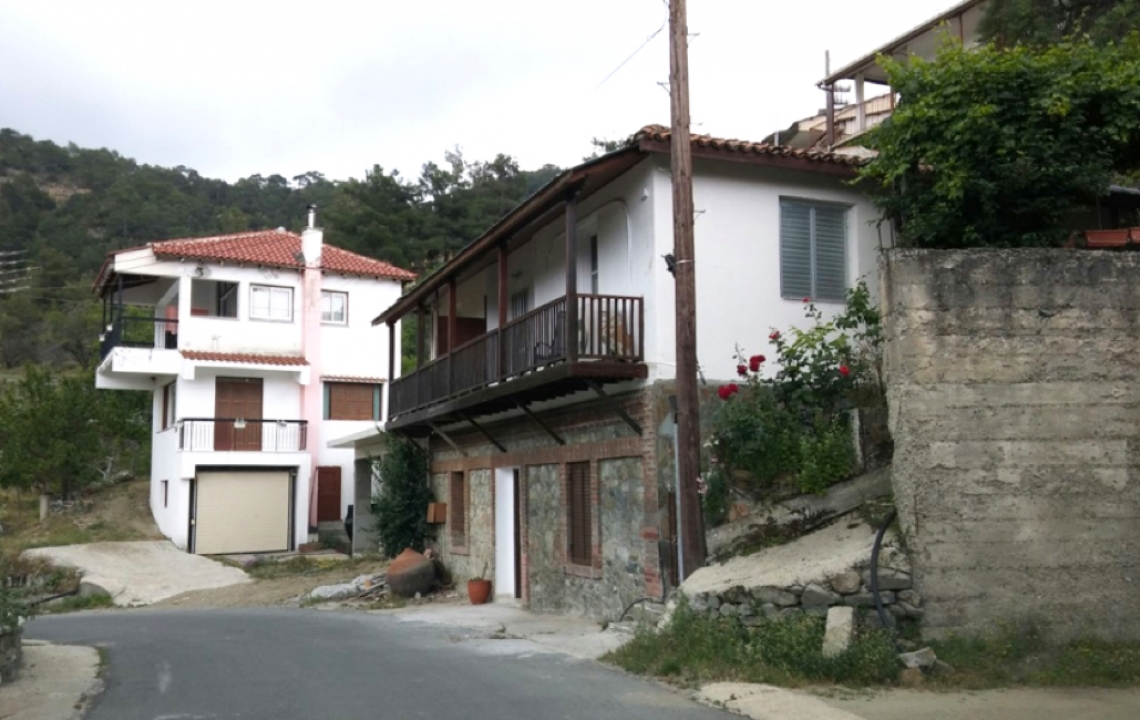


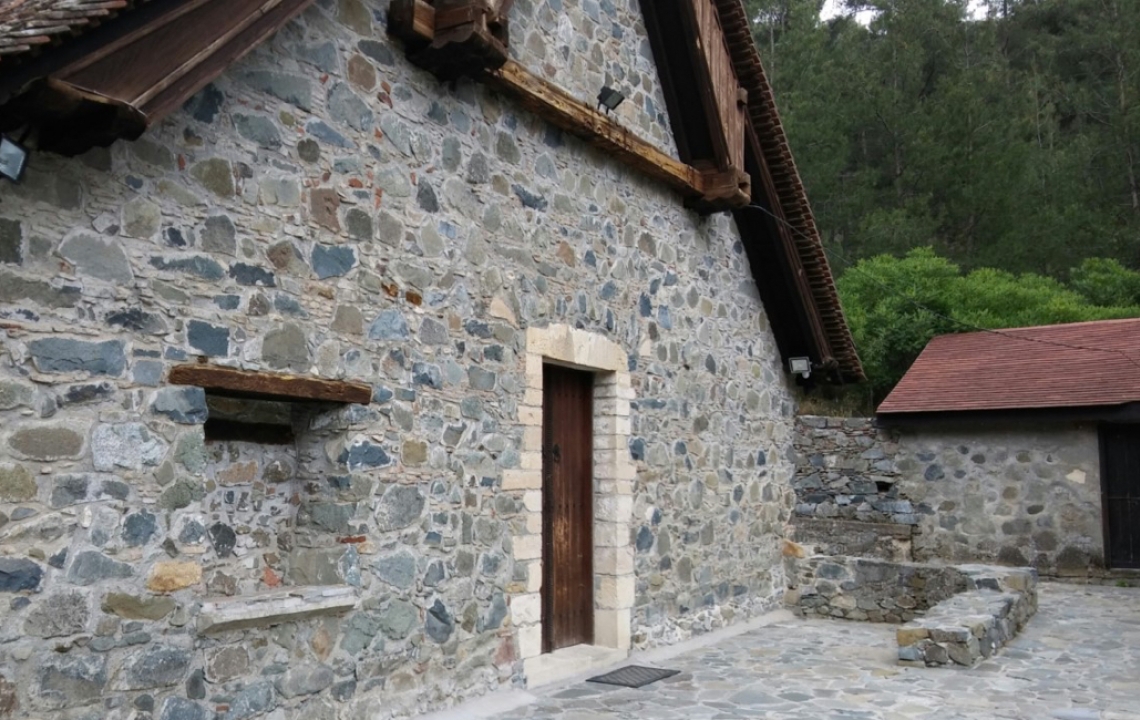
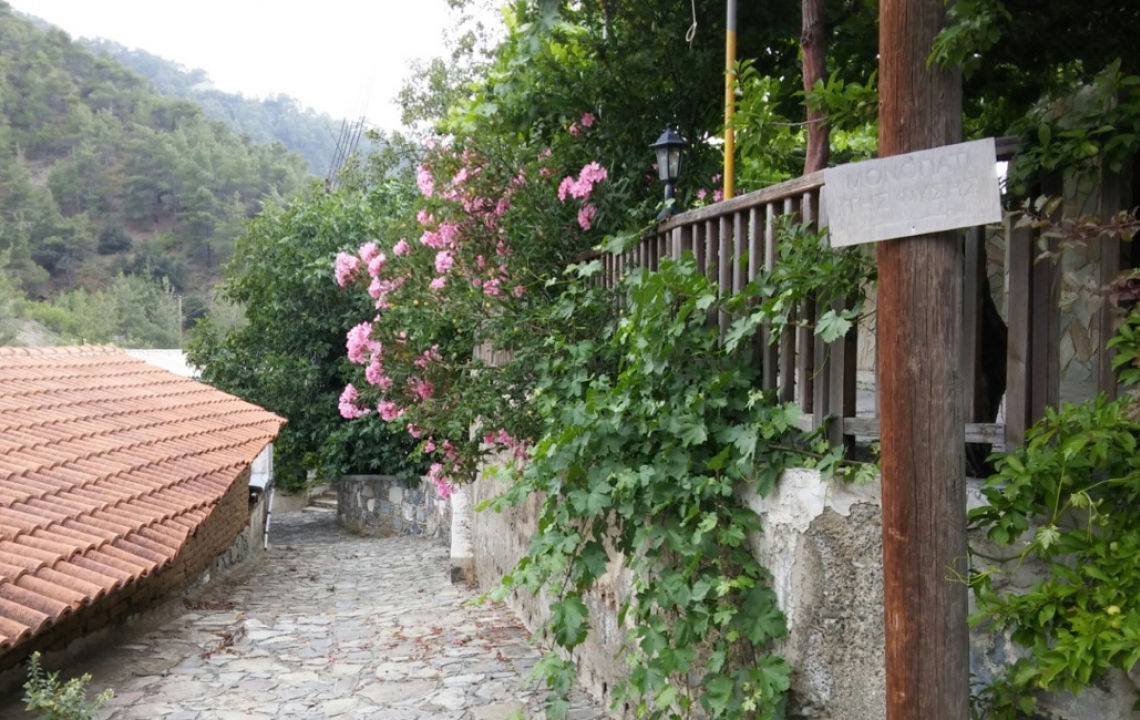


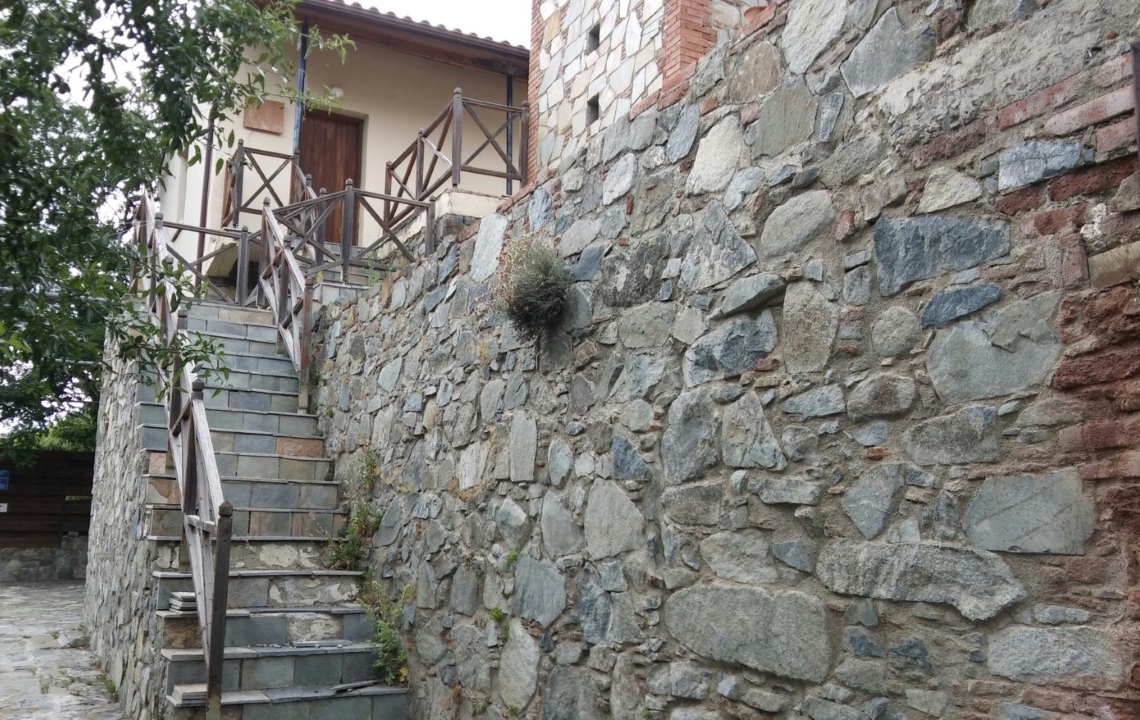
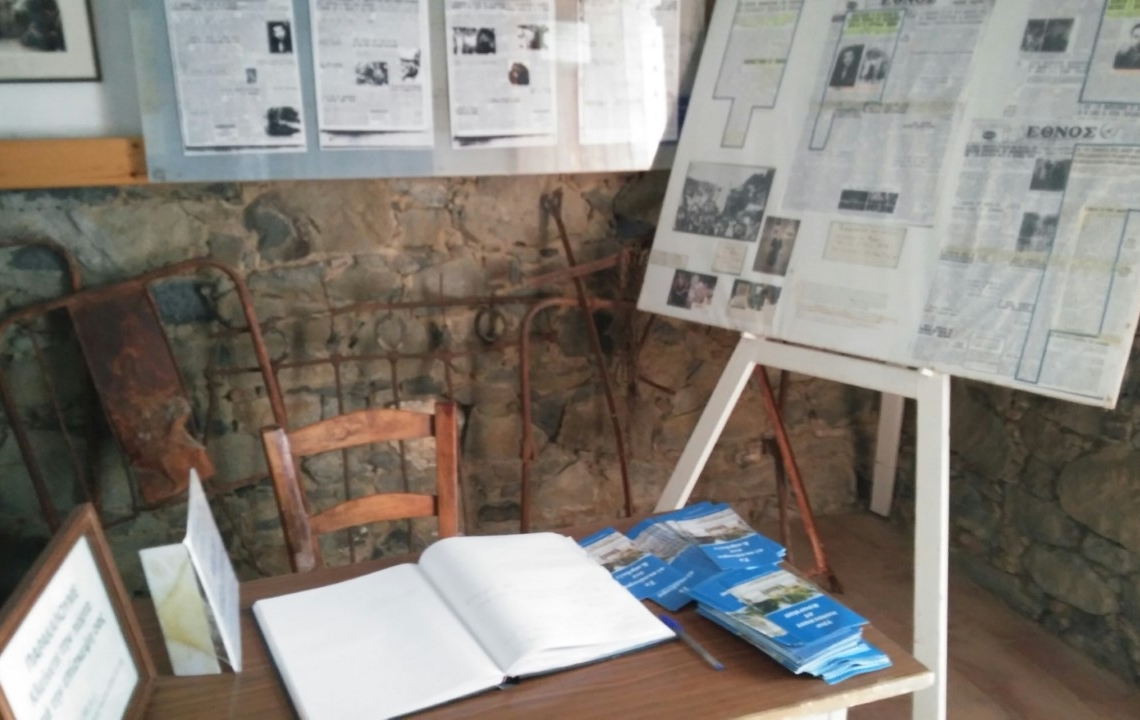
Where to stay:
Marjay Inn Hotel
A small but very cosy village hotel in the very centre of Spilia. It’s open to guests all year round. Aside from food and accommodation, the hotel administration organises tours and other sightseeing trips.
Telephone: +357 22 922208
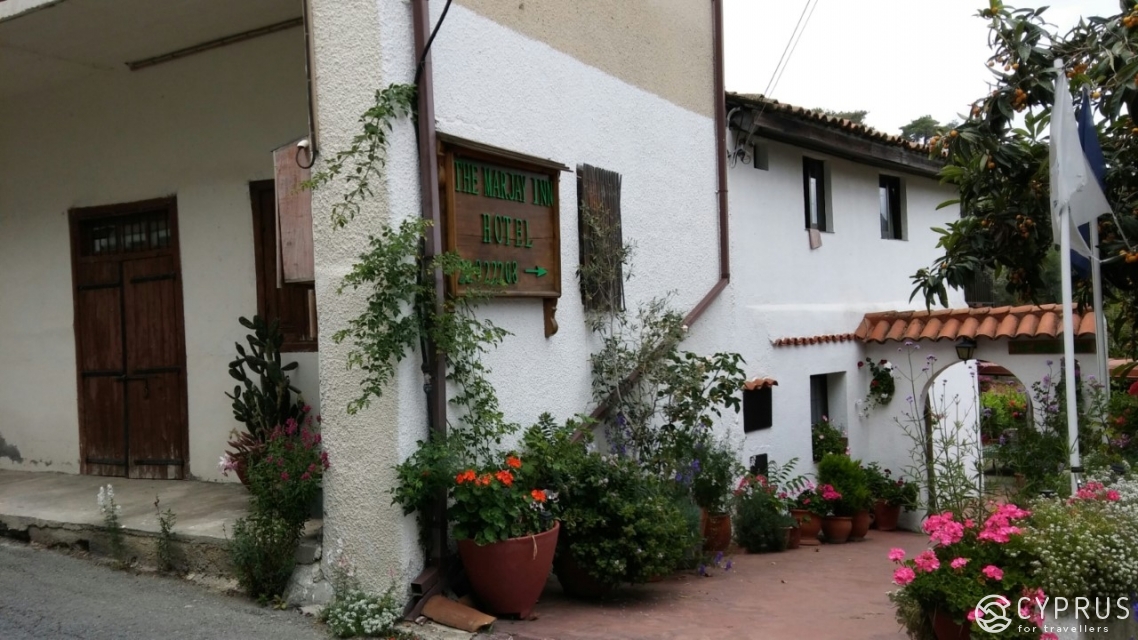
On this note, our getting to know this curious “dual” village of Spilia-Kourdali ends, and we’ll soon be setting out to discover the next in the list of local villages — Kyperounta.
Getting to Spilia and Kourdali:
Driving from Nicosia:
Go along the A9 highway, following onto the B9, then come off at the sign for Spilia-Kourdali. Continue along the F929.
A total journey time of around 1 hour and 15 minutes;
From Limassol:
Coming from Kato Polemidia, drive along the B8 until you reach the fork at the Saittas Dam, then take a right along the E801. Continue along the B9 Troodos road, then, further along, turn off at the sign for the F929.
Journey time: 50 minutes to an hour
Until next time!
[1] Spilia-Kourdali is located 93 km from Larnaca airport and 87 km from Paphos airport.
[2] It must be noted that the entire Pitsilia region is renowned for the courage of its people, who beginning in the times of the Franks, have long tried to fight against their oppressors. It also fell to them to fight for the country’s independence from colonial rule. The locals took part in both world wars. As such, it is by no means an accident that the types of outdoor activities maintained and developed here by the Cyprus Tourism Organisation (CTO) are shrouded in the memory of those events. Besides, today you will see several spots which have become tourist attractions, while in the past, the secret routes of the partisan fighters ran along here, together with their hideouts and headquarters.
It’s worth mentioning that roughly 15 years later, in 1974, many natives to these areas, along with other Greek-Cypriots, were again involved in military operations: in a desperate attempt to resist the Turkish occupation of Cyprus.
[3] Please read our latest life hacks detailing all kinds of different options for having fun and rest on the island, all of which are highly-rated and won’t put you out of pocket.




